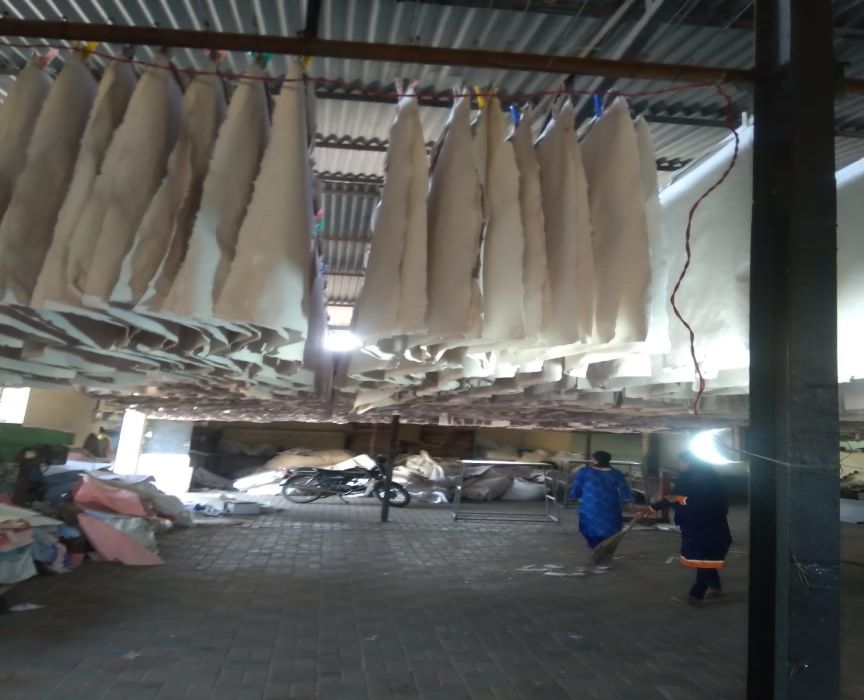


Cotton paper, also known as rag paper, is a high-quality paper made primarily from cotton fibers. Renowned for its durability, elegance, and environmental benefits, it’s widely used for fine stationery, archival documents, and currency. Here’s a detailed look at how cotton paper is made:
The primary ingredient in cotton paper is cotton lint or linters—the short fibers left behind on cotton seeds after ginning. These fibers are either virgin cotton sourced directly from cotton plants or recycled cotton from textiles like old clothes, rags, or offcuts from textile production. Using recycled cotton makes the process more sustainable by reducing waste.
Before the cotton is processed into paper, it must be sorted and cleaned to remove impurities. Recycled textiles are stripped of dyes, starches, and synthetic fibers. This is often done through chemical treatments and washing to ensure the cotton fibers are pure.
The cleaned cotton fibers are beaten and pulped to break them down into a fine, fibrous slurry. Water is added during this stage to create a uniform mixture. This pulping process determines the texture and quality of the final paper—the longer the fibers remain intact, the stronger and more luxurious the paper will be.
The cotton pulp is then spread onto a fine mesh screen, which allows water to drain while forming a thin layer of fibers. This layer is evenly distributed to ensure consistency in thickness and texture. This step can be done manually for handmade paper or mechanically for industrial production.
The wet sheets are pressed to remove excess water and then carefully dried. Traditional methods involve hanging the sheets to air-dry, while modern techniques use heated rollers for faster drying. The drying process is crucial as it determines the paper’s strength and surface quality.
To make the paper more durable and resistant to ink bleeding, a sizing agent (such as gelatin or starch) is applied. The paper is then pressed and polished to achieve the desired finish, whether smooth for printing or textured for artistic purposes.
Once the paper is dry and finished, it is cut into sheets or rolls of various sizes. The final product is then packaged for distribution, ready to be used for printing, writing, or artistic creations.
Feel free to reach out to us anytime. We are here to help you with all your needs.
Udaipur-313002
Rajasthan
India
© Leather Mates. All Rights Reserved.
